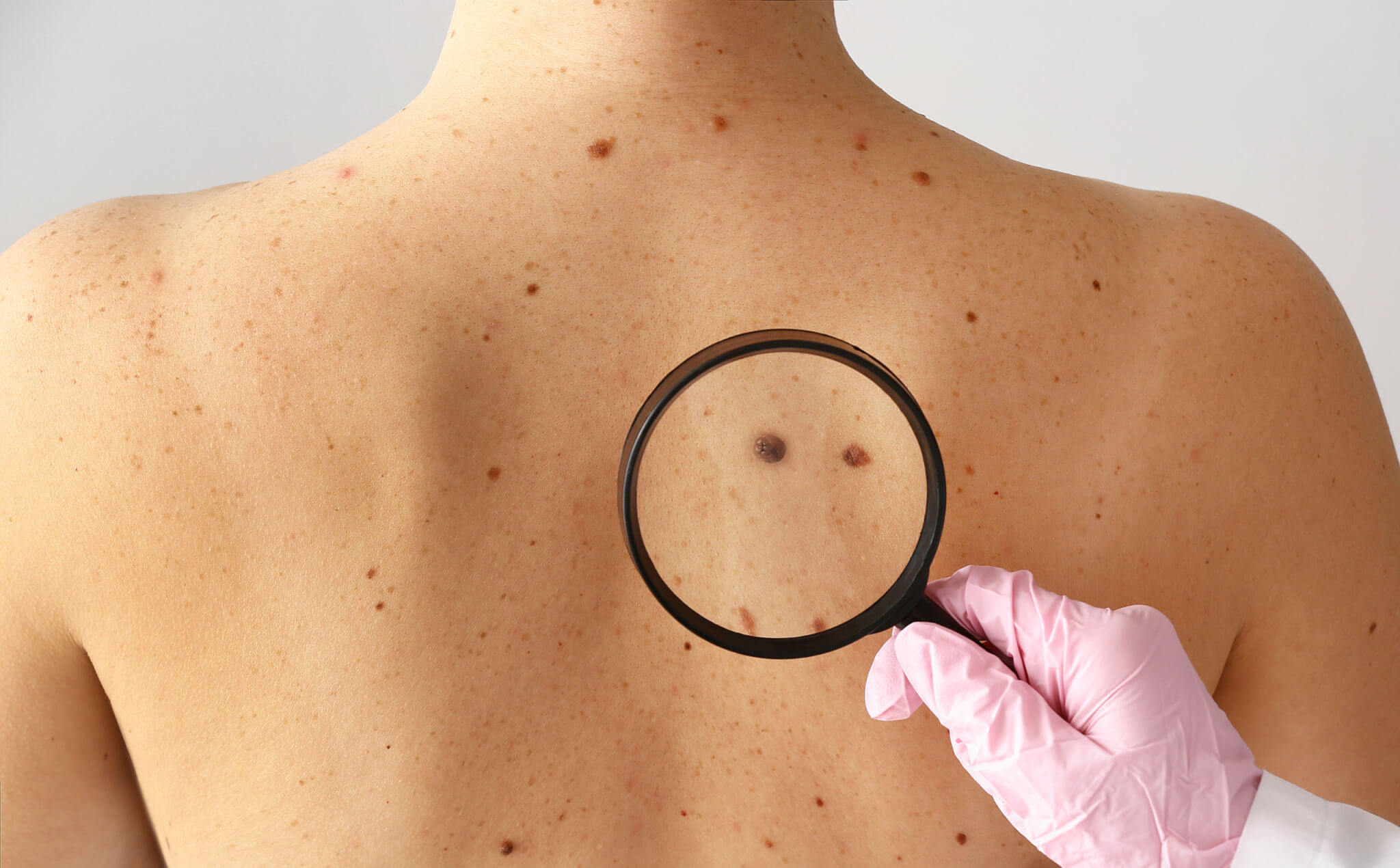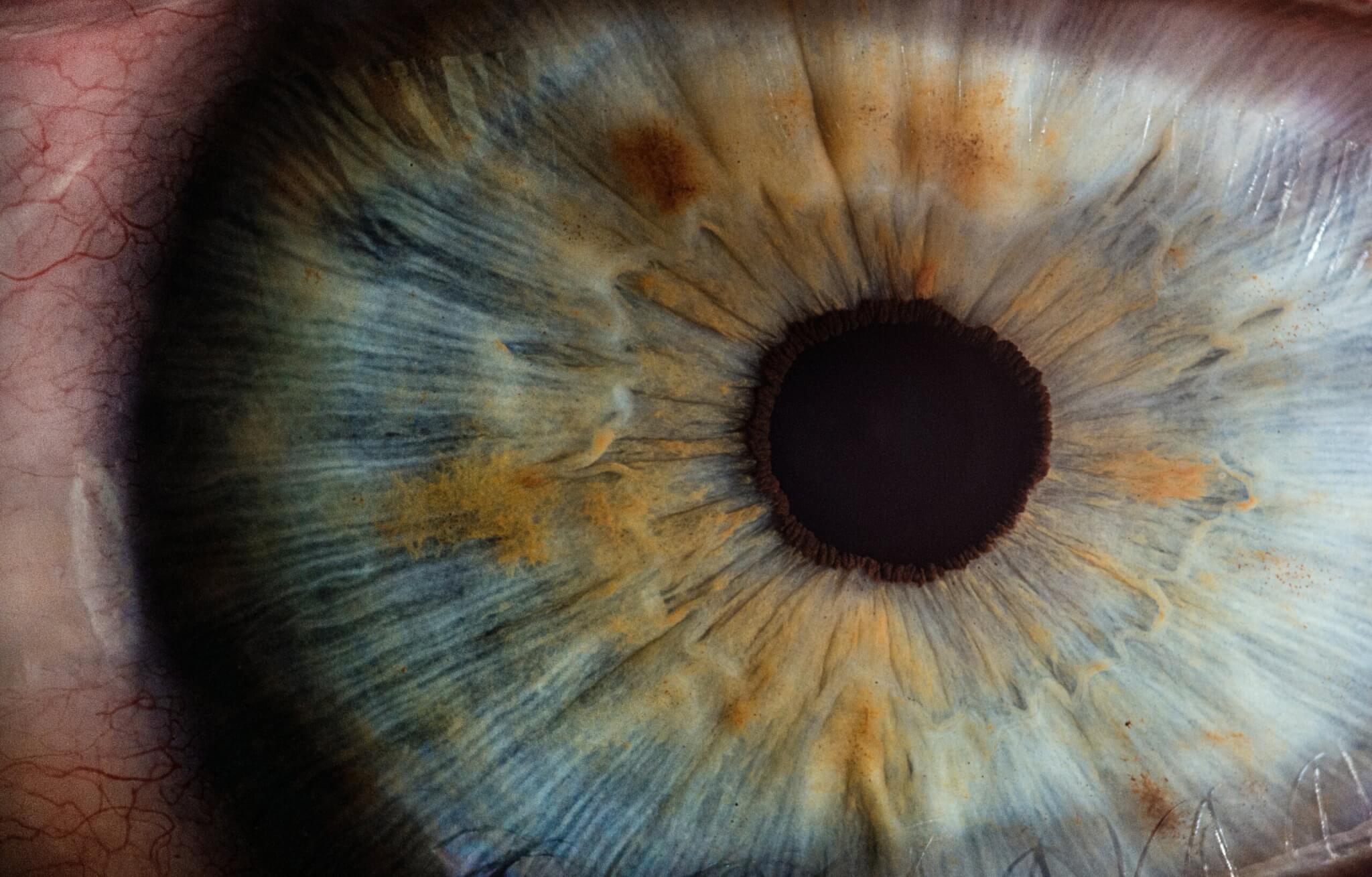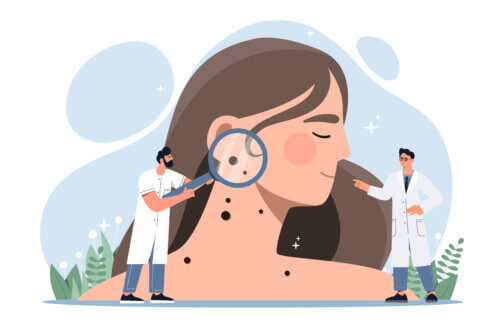Skin cancer is the most common form of cancer among Americans. It occurs in one in five people before the age of 70. According to The Skin Cancer Foundation, 90 percent of all skin cancers are due to sun damage. Doctors say areas of the body most exposed to the sun are also the places most likely to develop cancer.
Did you know that skin isn’t the only place you can get skin cancer? Some of the non-skin sites are areas which may be sun-damaged, while others are found where the sun never shines.

So where can you develop skin cancer that isn’t skin? Here’s a list of other body sites where the disease can surface. It’s important that you include them in your monthly skin self-exams.
7 Surprising Places Where You Can Develop Skin Cancer
1. The irises of your eyes
The iris is the colored part of the eye around the pupil. We may not think about if often, but our eyes are exposed as much or more than other parts of the body and can also be damaged by exposure to the ultraviolet (UV) rays of the sun. You can even get melanoma on the irises, the deadliest form of skin cancer.

Wear UV-blocking sunglasses and get regular checkups with an eye doctor. Clear glass lenses can be treated to block UV rays, without dark lenses like sunglasses. If you notice any strange new spots of color in your irises or a change in their color, see a doctor immediately.
2. Under your fingernails
With the popularity of gel manicures came an increase in skin cancers under the fingernails; UV lights are used to dry the gel nail polish. Those quick-dry devices are like mini tanning beds for your nails, says Stephen Stahr, MD, a dermatologist in New Braunfels, Texas, according to an article on The Healthy. You can’t get skin cancer on your nails, but the damaging UV rays can penetrate through the nail to the tissue underneath. He recommends putting sunscreen on the tips of your fingers and toes.
3. In the gluteal cleft
Skin cancer has been found inside a patient’s “gluteal cleft” (in current vernacular – one’s butt crack.) It is usually squamous cell carcinoma, a type of skin cancer that is rarely life-threatening. In one case, a woman who tanned in the nude had always been careful to evenly tan her cheeks. Her case was quickly cured with surgery. Dr. Stahr says skip tanning—and make sure you’re checking your cracks and crevices.
4. In the ear canal
Crustiness inside your ear canal that doesn’t go away with washing the area may be skin cancer. Dr. Bobby Awadalla, a board-certified dermatologist, explains to The Healthy: “My rule is that if you get a new skin lesion and it doesn’t go away after a month you should have it evaluated. Skin cancers can be red, pearly, scaly, or have an ulceration with bleeding and crusting.” They don’t all look like moles, he adds.
5. Under the tongue
It is possible to get melanoma on or under your tongue. Even though the area doesn’t get much UV light exposure, it is possible that the cancer metastasized from a different, primary site. If you smoke, your chance of getting any kind of cancer in the mouth increases dramatically. QUIT SMOKING and get regular dental care.

6. On your scalp
The scalp is one of the most common places to get skin cancer. Your hair, however, hides it, so it’s often missed or mistaken for something else, like dandruff. “If anything is growing, itching, burning, or bleeding, it should be evaluated by a physician,” Dr. Stahr says. Ask your hairdresser to let you know if they find something out of the ordinary.
7. In your anus
It’s rare, but there have been cases of melanoma around the anus, inside the anus, and even inside the gastrointestinal tract, says Dr. Awadalla. You can’t visualize it, but there may be other signs. If you see blood in or on your feces, or have pain during a bowel movement, see your healthcare provider.
All of the body sites discussed here (except #7) are visible and can be checked by you when you’re doing your monthly skin self-exam. The regularity of self-exams is as important as visualizing all the areas. It’s only by repeated exams that you know what’s normal for your body. You must know what’s normal for your body in order to detect abnormal findings and changes that could wind up being a surprising case of skin cancer.

Can women get skin cancer on their outer private parts and how dangerous is it,and what is the the recovery do they make and what is the death rate from that type of cancer ?
Thank you I will be patiently waiting.
Merkel cell cancer another form of skin cancer may develop as a tumor in lymph nodes wife had it thru chemo radiation and keytruda over 6 years now almost 5 years clean petscan